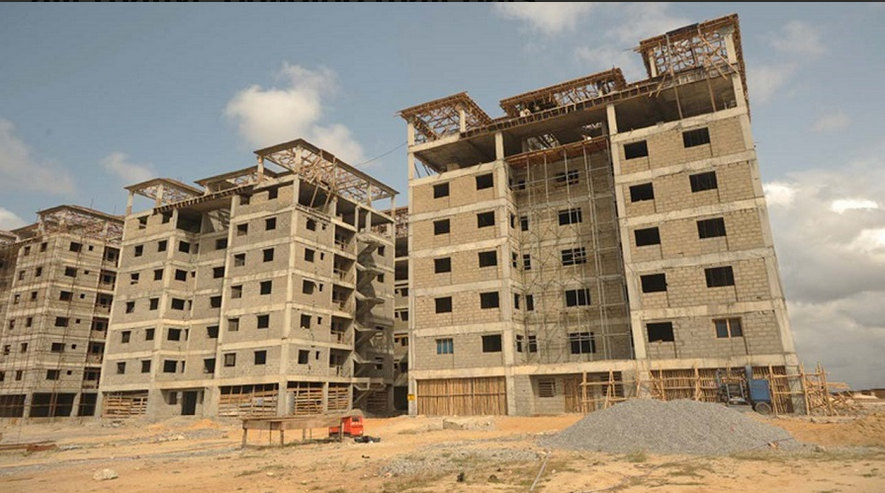Nigeria’s housing deficit currently stands at about 28 million units and it will take an investment of about $47 billion over 20 years to meet the country’s housing demand. Currently Nigeria imports 90% of the materials used in construction across the country. This fact, along with the foreign currency crisis in the country, makes housing sufficiency a daydream. So developers must find more affordable, durable and sustainable local building materials to satisfy the growing population. In this article are presented some alternative building materials that are cheaper and more ecological than cement and suitable for construction in Nigeria.
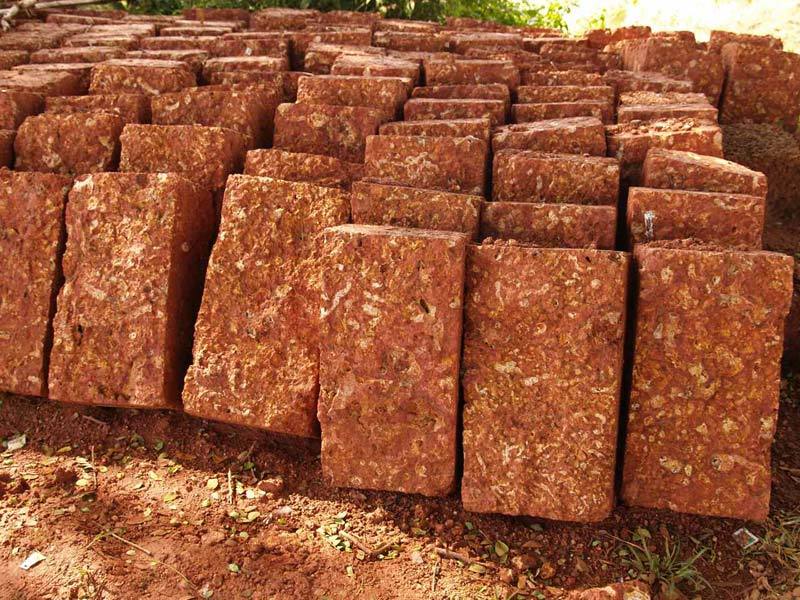 Laterite is a soil rich in iron and aluminum that forms in hot and wet tropical areas. It is a cost-effective material in the northern part of Nigeria, where it is readily available. Environmentally, the extraction and use of laterite have a lower carbon footprint when compared to cement, making it a more sustainable choice for construction projects. Laterite bricks, which are made by cutting the soil into blocks and then sun-drying, can be used for walls without the need for plastering, offering a distinctive aesthetic and a naturally cool interior.
Laterite is a soil rich in iron and aluminum that forms in hot and wet tropical areas. It is a cost-effective material in the northern part of Nigeria, where it is readily available. Environmentally, the extraction and use of laterite have a lower carbon footprint when compared to cement, making it a more sustainable choice for construction projects. Laterite bricks, which are made by cutting the soil into blocks and then sun-drying, can be used for walls without the need for plastering, offering a distinctive aesthetic and a naturally cool interior.
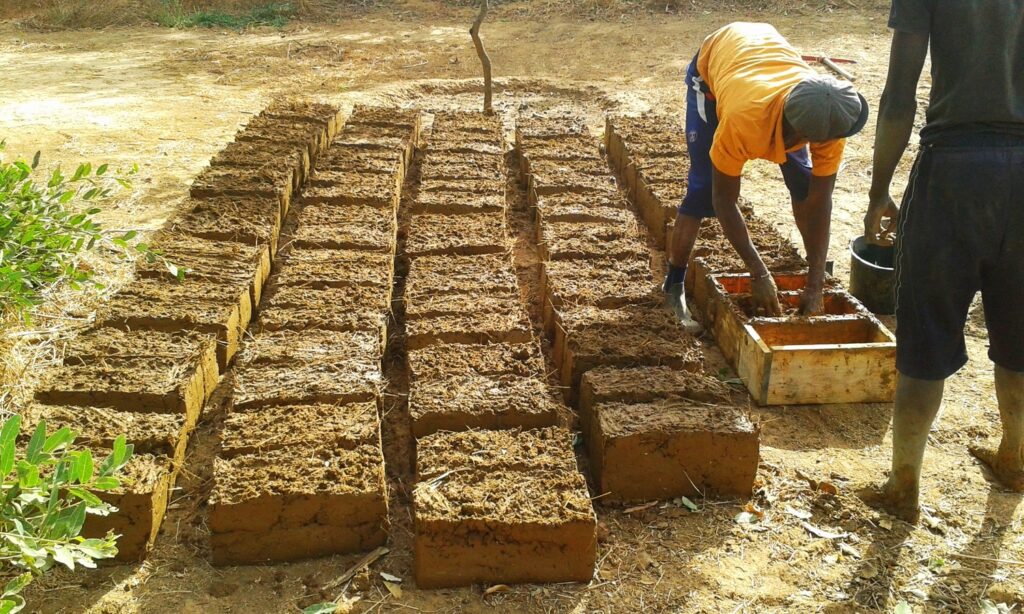 Mud bricks, made from a mixture of clay, sand, straw, and water, have been used for centuries in Nigeria. They are inexpensive, environmentally friendly, and offer good thermal properties that are suitable for the Nigerian climate. Mud bricks can be sun-dried and offer a viable alternative for rural areas and low-cost housing.
Mud bricks, made from a mixture of clay, sand, straw, and water, have been used for centuries in Nigeria. They are inexpensive, environmentally friendly, and offer good thermal properties that are suitable for the Nigerian climate. Mud bricks can be sun-dried and offer a viable alternative for rural areas and low-cost housing.
 Bamboo is a fast-growing and renewable resource, offering a cheaper alternative to traditional building materials like wood and steel. In Nigeria, bamboo can be used for structural framing, flooring, and wall cladding. Its natural strength and flexibility make it a viable and cost-effective option for various construction applications.
Bamboo is a fast-growing and renewable resource, offering a cheaper alternative to traditional building materials like wood and steel. In Nigeria, bamboo can be used for structural framing, flooring, and wall cladding. Its natural strength and flexibility make it a viable and cost-effective option for various construction applications.
 Rammed earth construction involves compacting a mixture of clay, sand, and gravel between forms to create solid walls. This ancient building technique is durable, cost-effective, and well-suited to the Nigerian climate. Rammed earth structures offer excellent thermal mass properties, reducing the need for artificial cooling and heating, thus lowering energy costs.
Rammed earth construction involves compacting a mixture of clay, sand, and gravel between forms to create solid walls. This ancient building technique is durable, cost-effective, and well-suited to the Nigerian climate. Rammed earth structures offer excellent thermal mass properties, reducing the need for artificial cooling and heating, thus lowering energy costs.
 Recycled plastic bricks offer durability and insulation and are resistant to water and pests. Utilizing recycled plastic in construction not only reduces environmental pollution but also provides a cost-effective alternative to traditional building materials. Brickify, a Nigerian company, specializes in recycling plastic waste to produce paving blocks and bricks.
Recycled plastic bricks offer durability and insulation and are resistant to water and pests. Utilizing recycled plastic in construction not only reduces environmental pollution but also provides a cost-effective alternative to traditional building materials. Brickify, a Nigerian company, specializes in recycling plastic waste to produce paving blocks and bricks.
 Bamboo composite boards, made from bamboo fibres and resins, offer a lightweight and durable alternative to traditional plywood and timber. These boards are moisture-resistant, termite-proof, and can be used for various construction applications, including flooring, roofing, and wall panels.
Bamboo composite boards, made from bamboo fibres and resins, offer a lightweight and durable alternative to traditional plywood and timber. These boards are moisture-resistant, termite-proof, and can be used for various construction applications, including flooring, roofing, and wall panels.
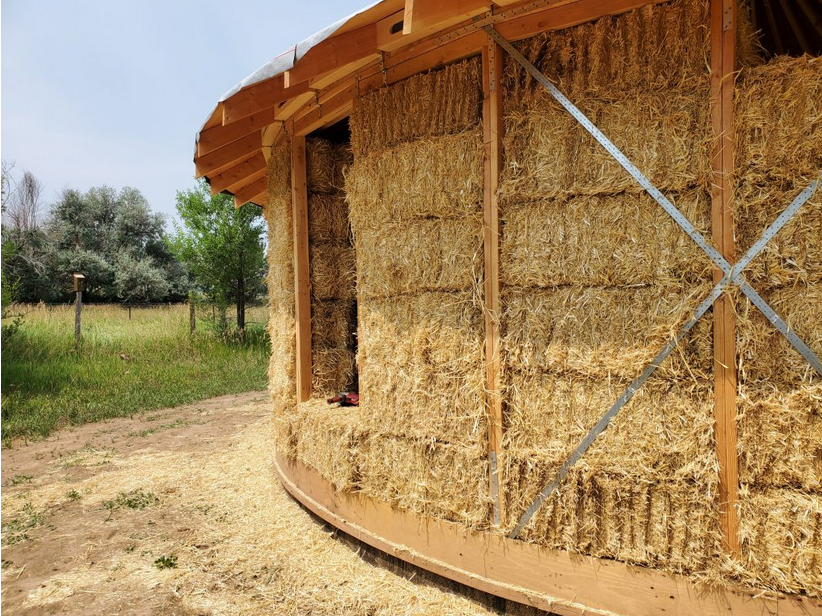 Straw bales are a sustainable and cost-effective alternative building material in Nigeria. They offer excellent natural insulation, leading to energy savings. Their affordability and fire resistance make them a practical choice for eco-friendly construction projects in the country.
Straw bales are a sustainable and cost-effective alternative building material in Nigeria. They offer excellent natural insulation, leading to energy savings. Their affordability and fire resistance make them a practical choice for eco-friendly construction projects in the country.
 Fly Ash Bricks are made from recycled fly ash, a byproduct of coal combustion. These bricks are lightweight, strong, and offer better thermal insulation properties compared to traditional clay bricks.
Fly Ash Bricks are made from recycled fly ash, a byproduct of coal combustion. These bricks are lightweight, strong, and offer better thermal insulation properties compared to traditional clay bricks.
 Compressed Earth Blocks are like mud bricks but with a higher compression rate, are made from clay, and sand, and are a stabilizing agent, offering strength and durability.
Compressed Earth Blocks are like mud bricks but with a higher compression rate, are made from clay, and sand, and are a stabilizing agent, offering strength and durability.
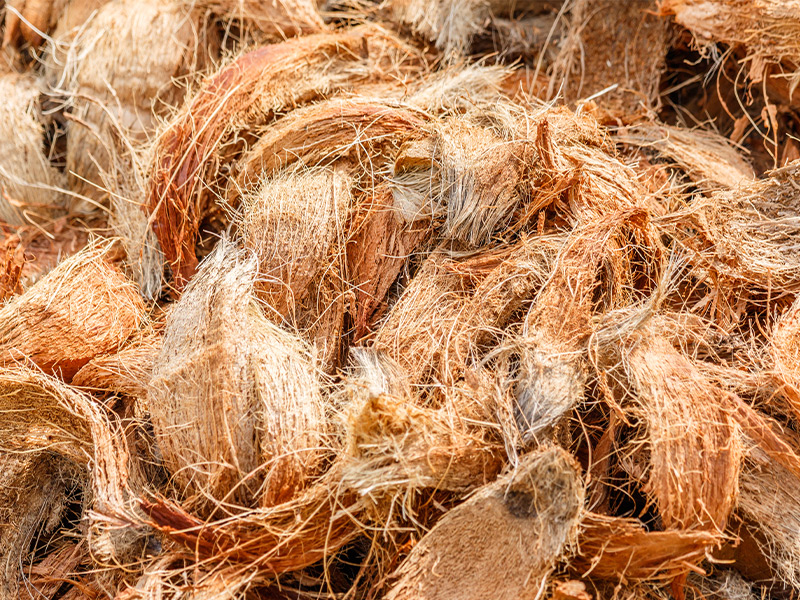 Coconut coir, a natural fiber extracted from coconut husks, can be used as a reinforcement material in concrete and as a substitute for traditional insulation materials.
Coconut coir, a natural fiber extracted from coconut husks, can be used as a reinforcement material in concrete and as a substitute for traditional insulation materials.
Incorporating these affordable building materials into construction projects in Nigeria not only saves money but also fosters sustainable development and supports local communities. As Nigeria’s construction industry continues to grow, adopting these cost-effective alternatives to cement will play a crucial role in shaping a more affordable, sustainable, and resilient built environment.
You can read the original article at nairametrics.com

